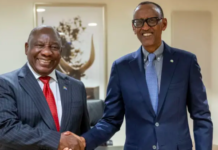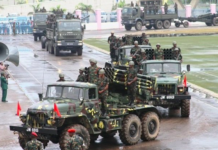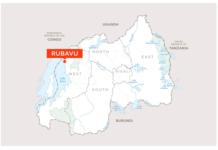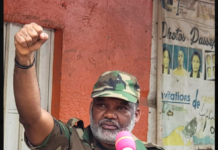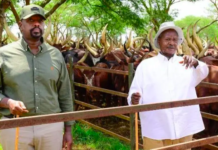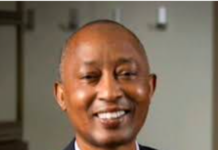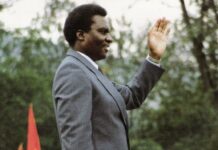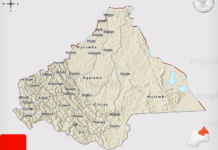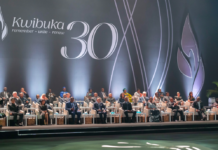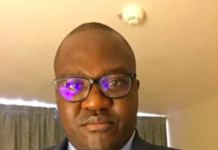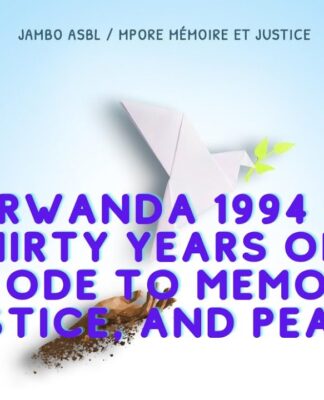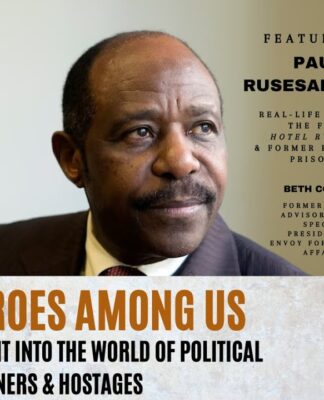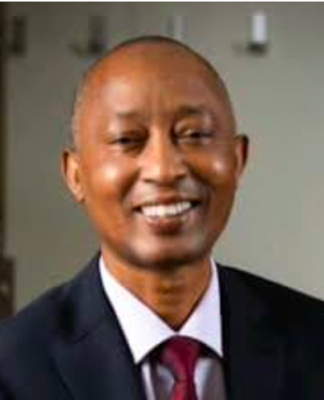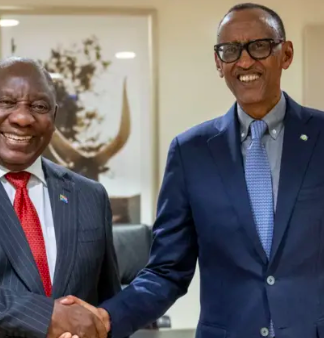By David Himbara
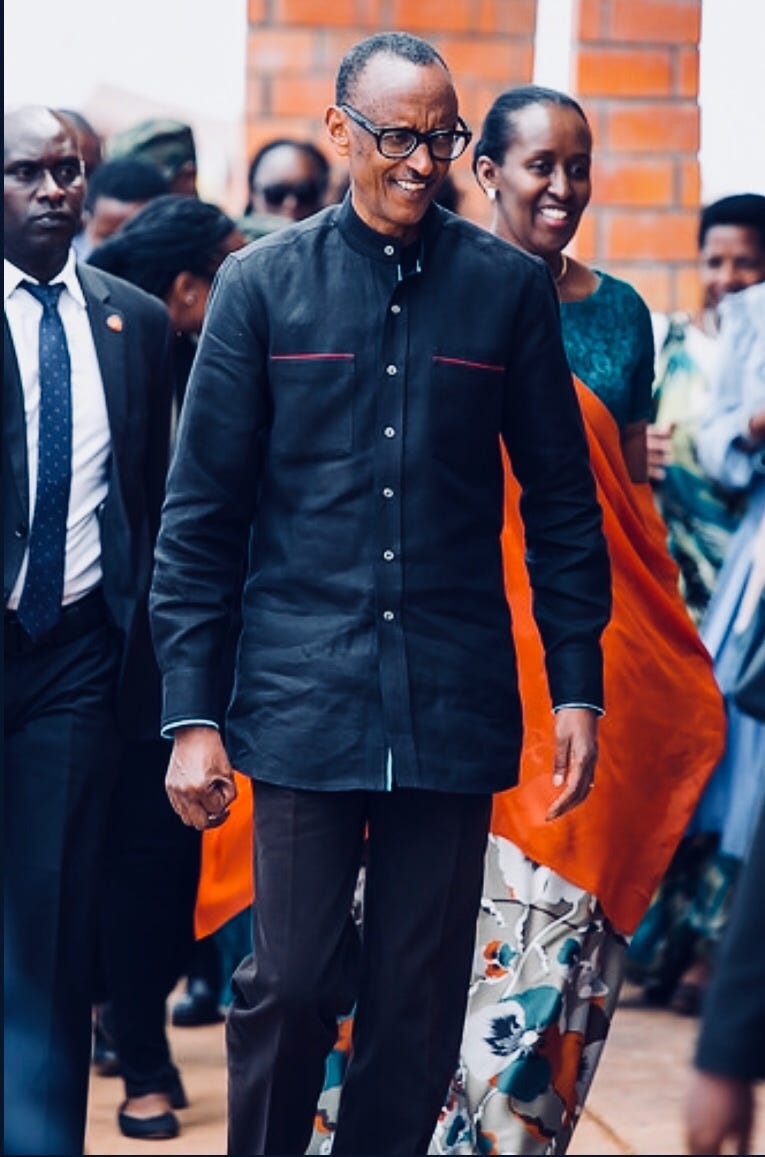
President Paul Kagame was very upbeat in his speech of July 4, 2018 — a day known as ”Liberation Day” in Rwanda. He pledged that the purpose of his government is improving lives of the people of Rwanda without compromising. As he put it,
”Access to electricity, water and other services provided by government is your right; you should hold us accountable and demand that we deliver. Do not accept to pay anyone a bribe, delivering and serving you is our duty.”
The ruling party’s newspaper, The New Times, reminded its readers of what Kagame and his government are committed to delivering via Vision 2020:
”Under the country’s Vision 2020, the government has planned that at least 70 per cent of Rwandans in rural areas will be living in planned settlements by the year 2020, up from the current rate of 55.8 per cent.”
There is one problem though. With less than two years left, it is game over for Vision 2020. The year 2020 is when Rwanda is supposed to become middle-income with a per capita income of US$1,240. In 2017, Rwanda reached UD$748 per capita income. This leaves a deep hole of US$492 to fill in two years time, which is impossible — unless a miracle happens. In other words, Vision 2020 is long dead.
Kagame has already informed the International Monetary Fund that Vision 2020 is no more. But he has not revealed this to the people of Rwanda.
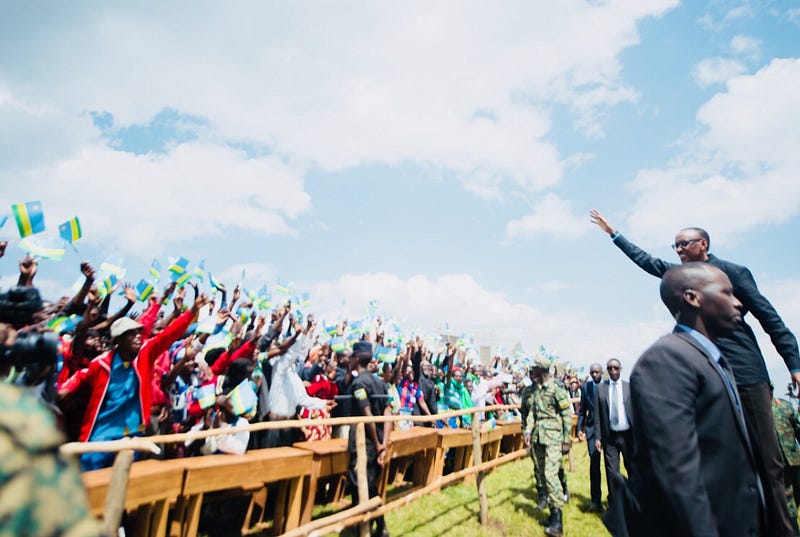
In its January 2018 Report, International Monetary Fund (IMF) indicated that Kagame had already conceded defeat. Rwanda was nowhere close to transforming from a poor country into middle income by 2020. Kagame’s government, it turns out, has already sneaked in 2035 as the year when Rwanda will supposedly reach the middle-income stage. That is to say, Rwanda will remain a poor low-income economy for a decade and a half from 2020. This is how the IMF explains this:
“Despite these achievements, the Rwandan economy remains vulnerable to external shocks and fiscal risks. It will be important to continue building foreign exchange reserve buffers to enhance resilience while working to identify and mitigate potential fiscal risks.
“Building on its notable progress toward development objectives, the authorities are crafting a revised medium term development strategy with the goal of achieving middle income status by 2035. To help achieve this objective, it will be important to regain momentum in mobilizing domestic revenue as a reliable source of financing for development.”

If indeed Rwanda becomes a middle-income country in 2035, there is an unflattering observation to be made about Kagame’s record. Assuming that Kagame leaves power in 2034, which is what the amended constitution allows him, he will leave Rwanda a low-income economy. Put in another way, Kagame will have ruled Rwanda for 41 years — and leave behind the same low-income country he promised to transform into knowledge-economy. There is another possible scenario, however. In 2034, Kagame might change the constitution to stay in power on the pretext that he needs ”to finish what he started but failed to finish in 41 years.” Kagame will 77 years old — a teenager compared to Robert Mugabe who ruled Zimbabwe until he was 93.



